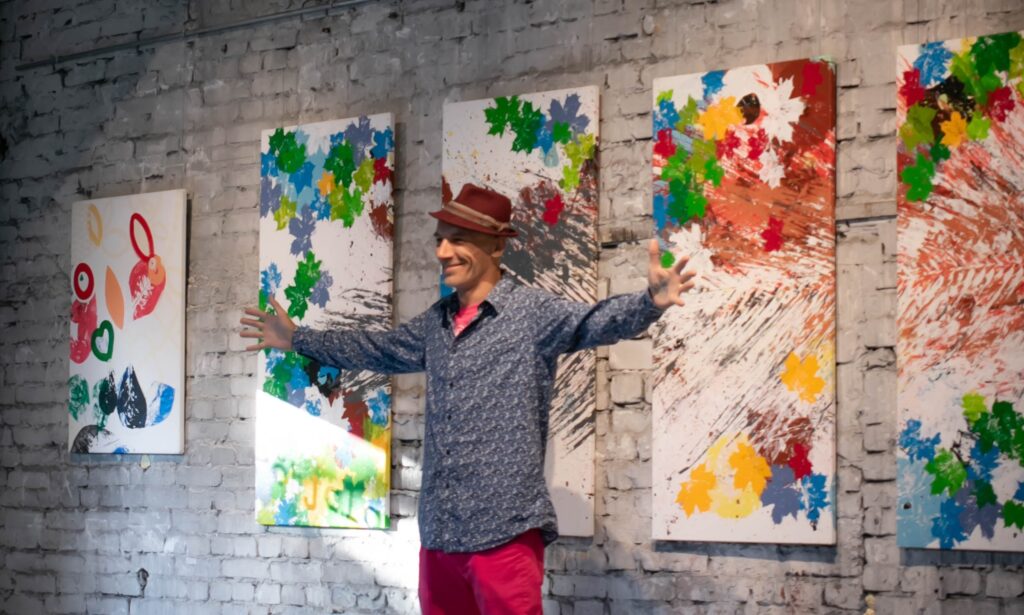As Jamaica-based Estonian creator Tarrvi Laamann opens his new solo exhibition at Põhjala Galleries in Tallinn, Estonian World spoke to the artist about his eponymous style, “Tarrvinism”, his reggae influences, Jamaica, Estonia, music and art.
Tarrvi Laamann, born in 1973, is an Estonian artist known for his prints and paintings inspired by his adopted home in Jamaica, as well as for bringing reggae culture to Estonia.
Laamann’s creative practice is versatile and his career illustrious, having exhibited artwork in Estonia and abroad, and published numerous books and music, while also contributing to various collections in Estonia, Finland, Jamaica, and elsewhere.
His work is full of colour and contrast, much like Jamaican life, evoking the artist’s vivid recollections of the warm sun, the Caribbean Sea and local culture – you can feel the rhythm of reggae and positive vibrations.
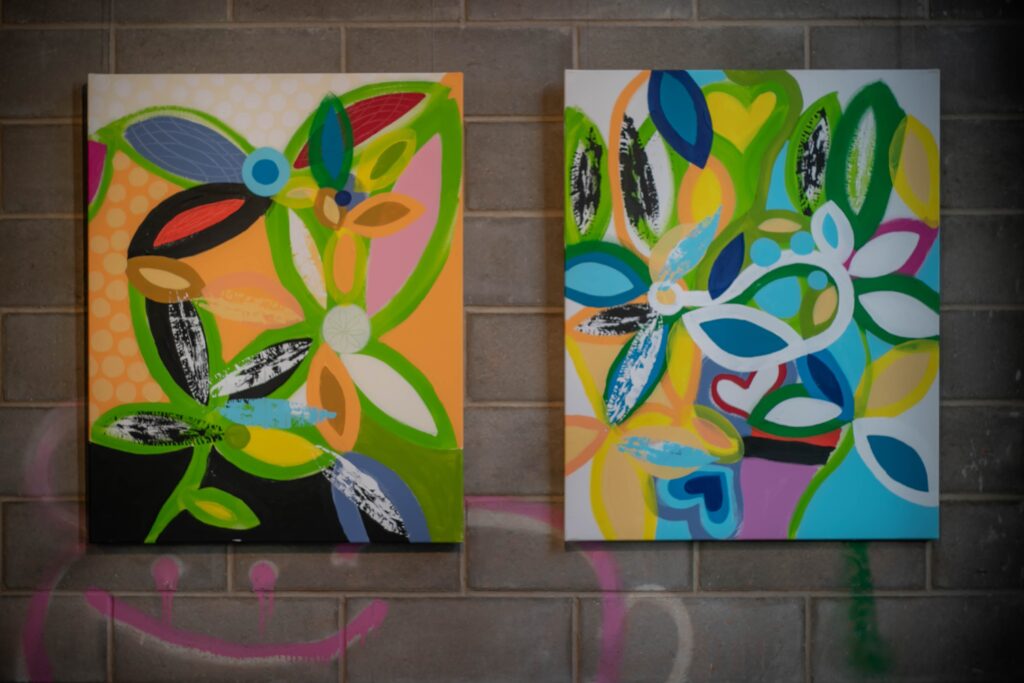
He graduated with a Master’s degree in graphic art from the Estonian Academy of Arts and subsequently studied in Japan and India. He has participated in art residencies in Japan, Iceland, Italy and the US and has been a member of the Estonian Artists’ Association since 1994. He also co-hosts the reggae music programme “Bashment FM” on Estonia’s Radio 2.
On 4 August, Laamann opened a comprehensive solo exhibition at Põhjala Galleries in Tallinn’s trendy Kopli peninsula. The exhibition features a collection of works inspired by the author’s travels throughout the world.
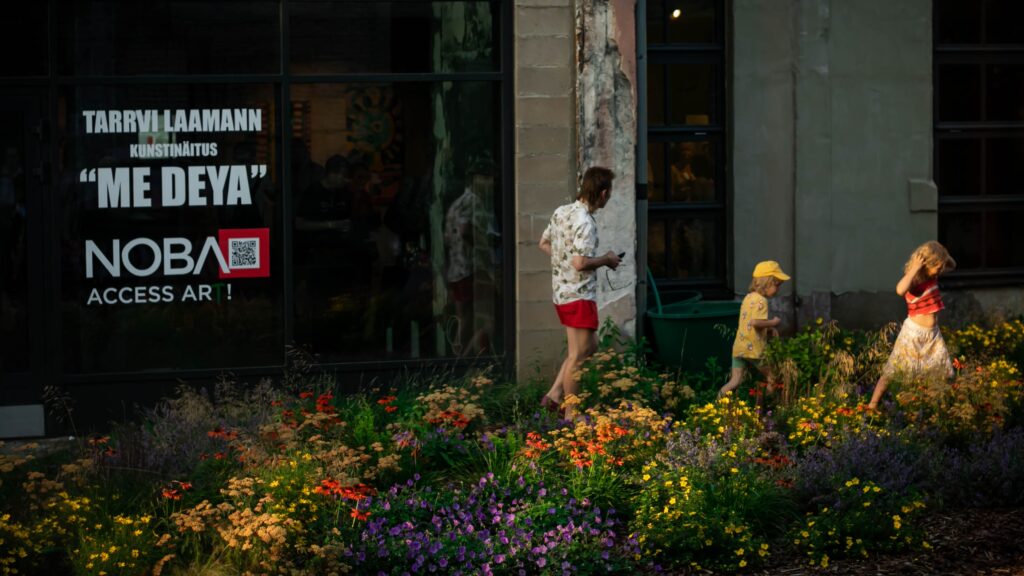
A common feature running through all the paintings is an impression in the printing technique. Likewise, the common denominator of the exhibition is the phrase “Me deya”, or “I am here” in Jamaican Patois (an English-based creole language), which invites the viewer to be in the moment.
“I take a pleasant, or well-vibrating impulse from the surroundings and bring it to the viewer, using various technologies. I call it an optimistic impulse from the environment and a later creative expression: ‘Tarrvinism’,” the artist has said of his style.
Estonian World spoke to Laamann about his exhibition, reggae influences, Jamaican culture and art and music.
Tarrvi, you do paintings, woodcuts and music. What would you say your art is about?
Thank you so much for inquiring about what I do. I appreciate it a lot, respect! The art I make and live in is about the thoughts I have, and what I want to see in this colourful worldview. For the most part, I want to see the best, to learn from it for the future, while trying to be 100 percent present.
Can you tell us about your current exhibition?
This exhibition is full of colour and contrast like Estonian-Jamaican life. It’s inspired by the people of that island and its nature, warm sun and the Caribbean Sea. The impulse came directly from its nature and local culture – I printed cannabis and coco leaves onto plywood/canvas and added bright acrylic colours that are common to Jamaica, and which flow and pulsate on the paintings like the local folk music – in the rhythm of reggae and Estonian reggae singing.
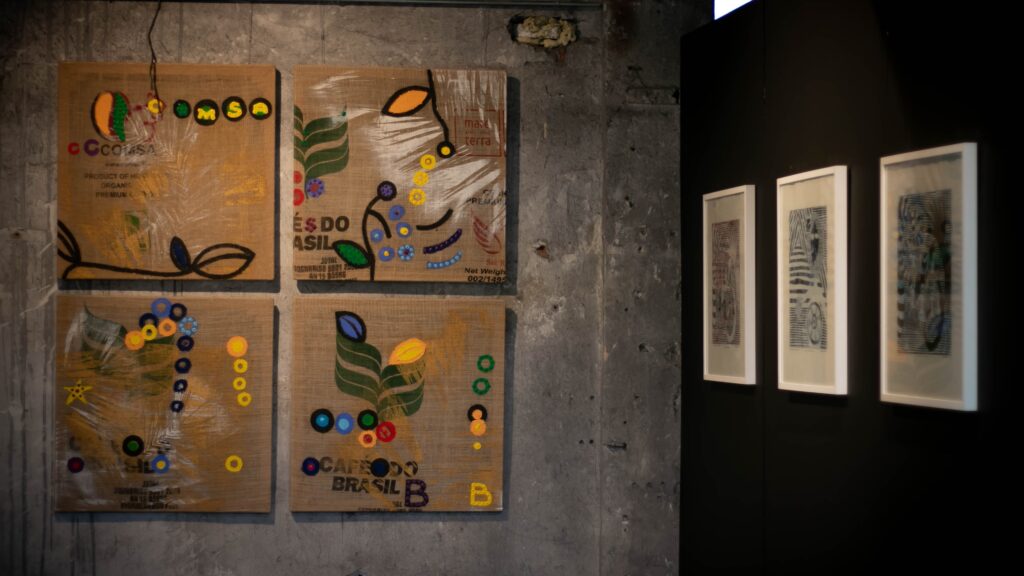
What thoughts do you hope visitors will take away from viewing your exhibition?
What may happen is perhaps that between the future and the now, “these things” may be viewed from a totally different angle. The images may seem bright and colourful, but at the same time, colour is only a reflection of light from the material. Consequently, in the absence of light, there are no colours, all that is left are the memories, forms and contrasts. We live half our life in the sun and the other half in the light of the moon.
How do you bring more of your art to the people – out of galleries and museums and into public spaces?
It is simple, and I believe that Estonian society is moving in this direction. It can be seen for a while now that, for example, during the peak hours of daily news, there is more talk of art and culture, but always there is much more to be done. Give culture more air, because good creativity is encoded in every area of life.
And what about helping viewers engage more with the paintings?
Probably it all starts with ideas that can change and evolve during the work. If the vibe is good, it captivates the viewer and keeps them watching.
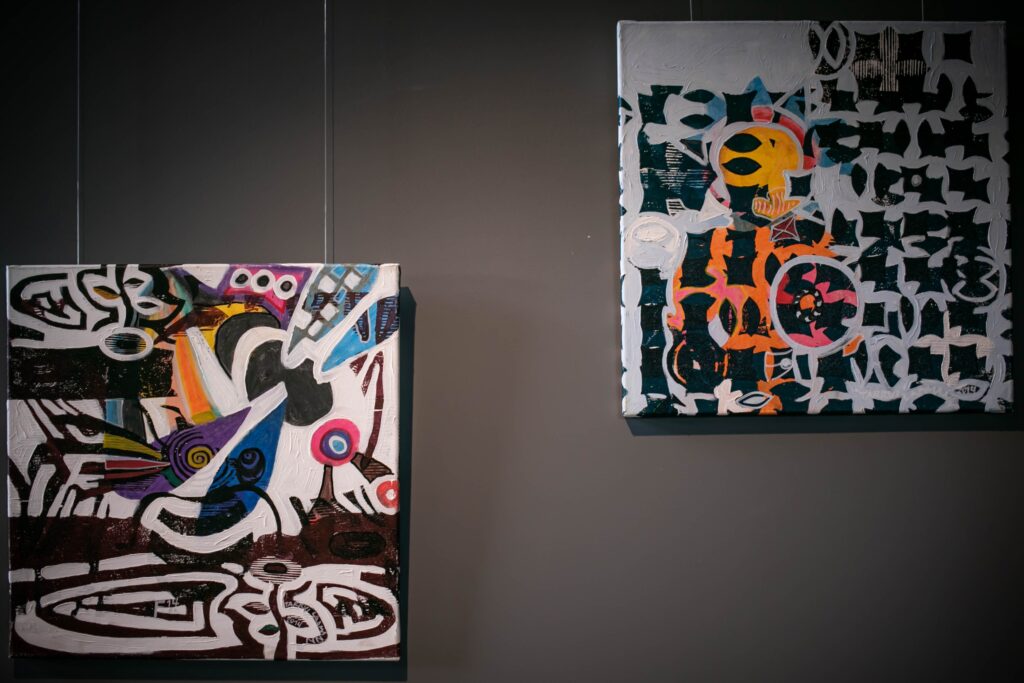
What are your thoughts on combining visual art with music?
I don’t think that should be done, because, for example, old classics somewhere in the Louvre or elsewhere in the museum are without sound. The sound comes from us, in our heads, when we look at good paintings, etc.
Can culture make a small country bigger in the world?
Definitely! Good examples are the island nations. In the north the island of Iceland – population only 300,000 – and in the south, the island of Jamaica, population just under three million.
Iceland has Björk and many writers who keep their culture strong and visible to the whole world. And for Jamaica – well there is no music lover in any corner of the world without a Bob Marley album. There is probably no island in the world whose music is so well known.
Estonians sang themselves to freedom in the Singing Revolution and their continuing creativity in digital matters has given Estonia a globally unique position, respect!
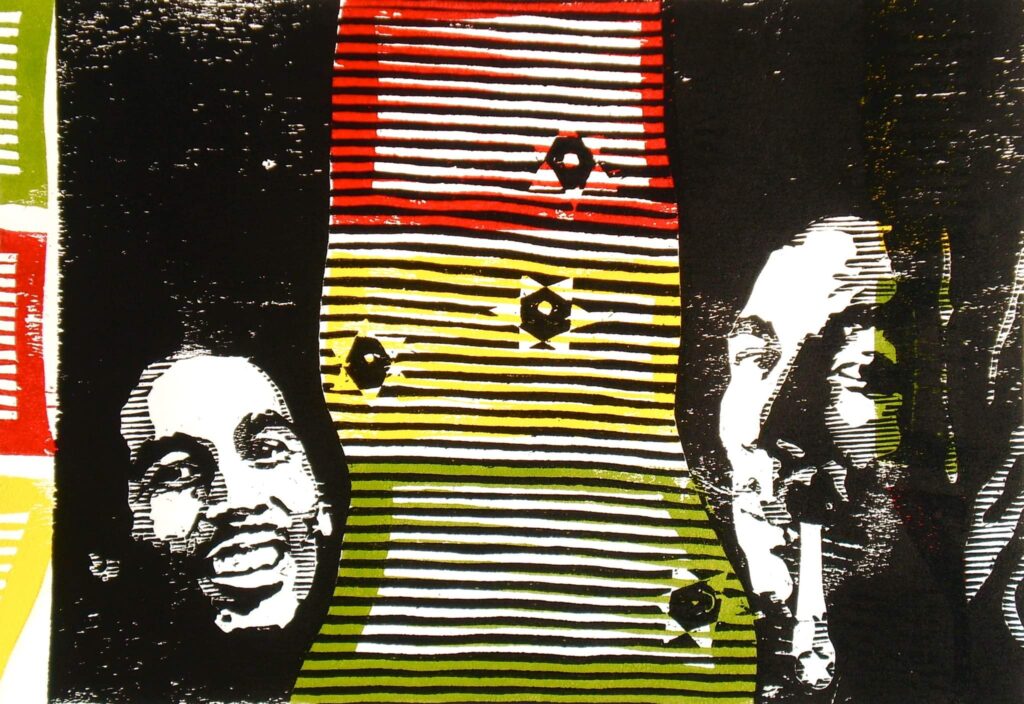
What is on your mind when you are painting?
When I start painting, I try to clear my brain of thoughts to give space to creativity. In the course of my work, I think about the present, the past and the future at the same time. It is such an enchantingly transient state, yet very now and in the moment.
Are you listening to music when you work?
Yes, it gives my thoughts the opportunity to connect my activities into a single energy. Music is like a sauce for me, without which the visual world would be too dry and “floury”.
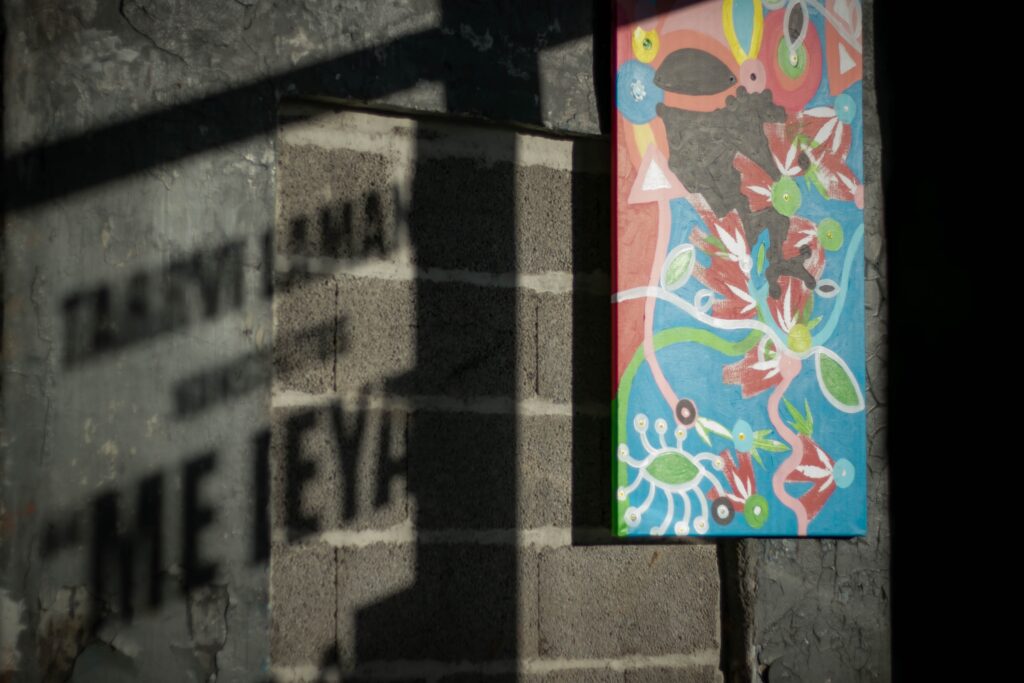
Tarrvi Laamann’s work is currently on display in three exhibition spaces at the Põhjala Factory, 5 Marati Street, Tallinn. The exhibition will remain open until the end of August 2022.

